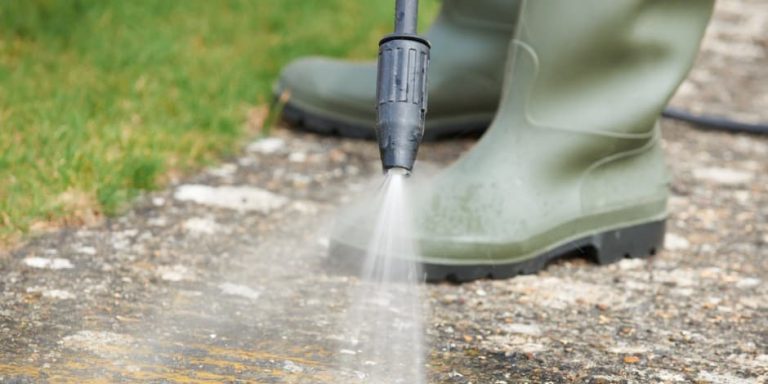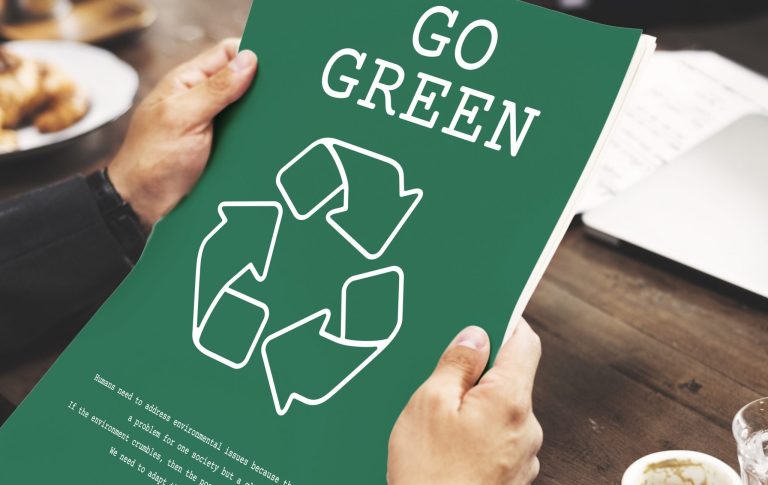
Power washing is a popular way for homeowners to clean driveways, patios, siding, and more. But with all that high-pressure cleaning comes a lesser-known concern: wastewater management. Many homeowners unknowingly allow wash water to run off into streets, gutters, and storm drains — potentially polluting local waterways and harming ecosystems. 🌊
Managing power washing wastewater in residential areas is not just good for the environment — it’s also increasingly becoming a matter of regulation. This article will walk you through why it matters, what pollutants are involved, and how to responsibly manage runoff while still keeping your home spotless.
🌧️ What Is Power Washing Wastewater?
Power washing wastewater refers to the dirty water that results from high-pressure cleaning. Depending on the surface and chemicals used, this water may contain:
- Dirt and sediment
- Detergents and degreasers
- Oil or automotive fluids
- Mold, mildew, and algae
- Paint chips or heavy metals
- Lawn fertilizers or pesticides
This wastewater often flows directly from your property into the street or nearest storm drain, where it eventually ends up in rivers, lakes, or coastal waters — untreated.
🏠 Why Residential Runoff Is a Problem
Most people associate water pollution with big factories or industrial waste, but residential pollution is a major contributor to environmental degradation. When thousands of homes engage in pressure washing each spring or summer, the collective volume of wastewater becomes significant.
Uncontrolled runoff can:
- Degrade local streams and ponds
- Kill aquatic life due to detergents and chemicals
- Promote algae blooms from nutrient-rich water
- Erode soil and increase sedimentation downstream
- Contaminate community drinking water sources
And if you think that small spills don’t matter — they do. A single gallon of contaminated runoff can pollute hundreds of gallons of clean water.
⚠️ What the Law Says
Many cities and counties now have stormwater ordinances that prohibit washing pollutants into storm drains. Violating these rules — even unintentionally — could result in:
- Fines or citations
- Mandatory cleanup
- Legal liability for downstream damage
This applies not only to professional cleaners but increasingly to DIY homeowners. In some areas, even using a basic detergent without containment measures can lead to a fine.
✅ Best Practices for Managing Residential Power Washing Wastewater
1. Use the Right Detergents (or None at All) 🧴
Always choose:
- Biodegradable, phosphate-free cleaners
- Products labeled “non-toxic to aquatic life”
- Avoid bleach, ammonia, and solvent-based degreasers
In many cases, you can skip chemicals altogether — a high-quality pressure washer with hot water can handle most dirt and grime without any soap.
Browse Amazon Here For Eco-Friendly Power Washing Cleaners
2. Pre-Clean Surfaces
Remove loose debris with:
- A broom
- A leaf blower
- A dry vacuum
This limits the volume of contaminants that end up in your rinse water.
3. Block or Divert Runoff Flow 🚫💧
Use:
- Sandbags or foam berms to redirect flow
- Portable drain covers to seal storm drains
- Garden hoses to reroute wastewater into grassy or absorbent areas
NEVER allow wastewater to enter storm drains directly.
4. Capture and Filter Wastewater
For larger jobs:
- Use a wet vacuum to collect pooled water
- Filter the water through a mesh screen or gravel bed
- Dispose of filtered water onto a vegetated area or in a sanitary sewer (if permitted)
There are also portable wastewater recovery systems for hire, though these are more common with professional services.
5. Let Nature Help
Direct rinse water to:
- Gravel driveways
- Lawn areas
- Mulched garden beds
These surfaces can absorb and filter runoff naturally — just make sure you’re not flooding flower beds or overwhelming tree roots with chemical-laden water.
🛠️ What About Commercial Equipment Rentals?
If you rent a power washer from a home improvement store, ask about wastewater guidelines. Some rental contracts include rules for usage near public streets or drains. Others may offer add-ons like sandbag kits or wastewater vacuums for safe disposal.
🧼 Don’t Forget About Timing
Avoid power washing:
- During heavy rain (which increases runoff velocity)
- Just before lawn treatments (fertilizers can get carried away)
- If your yard is already saturated with water
The goal is to minimize the volume and force of your runoff.
🧑🌾 Educating Neighbors & HOAs
Many residential communities are managed by Homeowners’ Associations (HOAs), which may not yet have clear environmental guidelines for pressure washing. Consider sharing tips like:
- Hosting a “Green Cleaning” info session
- Posting runoff management advice in community newsletters
- Encouraging shared use of eco-friendly equipment or detergent alternatives
If enough residents get involved, your neighborhood can significantly reduce its overall water pollution footprint.
🧠 Final Thoughts
Power washing is a great way to restore the beauty of your home — but if done carelessly, it can unintentionally harm the environment you’re trying to protect. By making a few small adjustments, like diverting your rinse water or using eco-friendly cleaners, you can pressure wash responsibly and keep your local watershed clean. 🌎
Clean house. Clean conscience. 💧🌿
Browse Amazon Here For Top Rated Power Washers And Accessories






